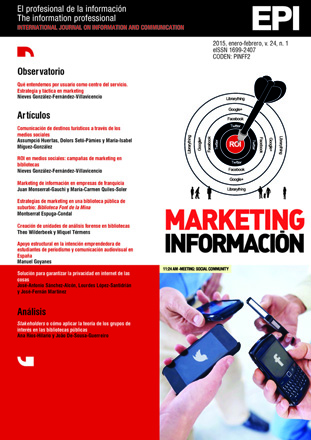Creating forensic units in libraries
DOI:
https://doi.org/10.3145/epi.2015.ene.06Keywords:
Digital preservation, Digital forensics, Personal archives, Libraries, Hardware, Software.Abstract
Forensic analysis techniques, usually applied in criminal research, could also be used in libraries to access digital information stored in obsolete formats or storage devices. This article analyses some examples of forensic research departments created by libraries, and describes the minimal hardware and software elements required to set up a library unit specialized in forensic analysis. Two possible equipment settings are introduced and recommendations are given on how to organize a workflow to recover information stored in floppy disks, diskettes and old hard drives.
Downloads
Downloads
Published
How to Cite
Issue
Section
License
Dissemination conditions of the articles once they are published
Authors can freely disseminate their articles on websites, social networks and repositories
However, the following conditions must be respected:
- Only the editorial version should be made public. Please do not publish preprints, postprints or proofs.
- Along with this copy, a specific mention of the publication in which the text has appeared must be included, also adding a clickable link to the URL: http://www.profesionaldelainformacion.com
- Only the final editorial version should be made public. Please do not publish preprints, postprints or proofs.
- Along with that copy, a specific mention of the publication in which the text has appeared must be included, also adding a clickable link to the URL: http://revista.profesionaldelainformacion.com
Profesional de la información journal offers the articles in open access with a Creative Commons BY license.




